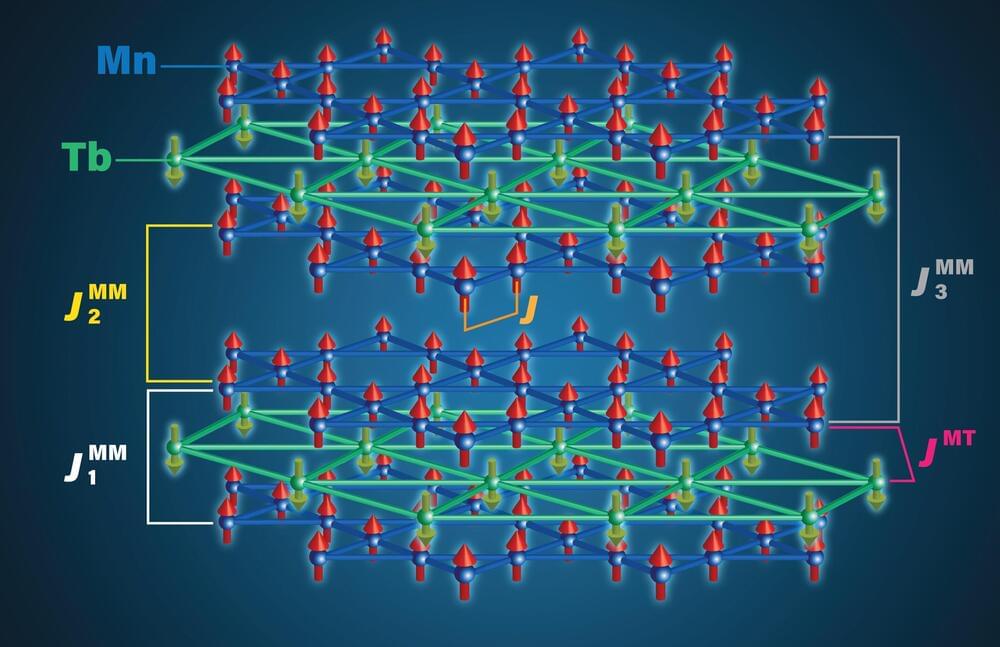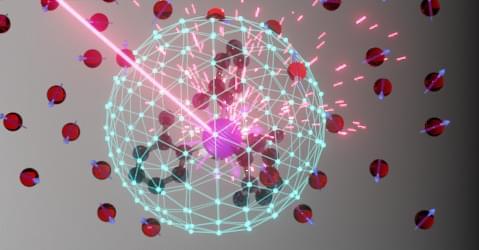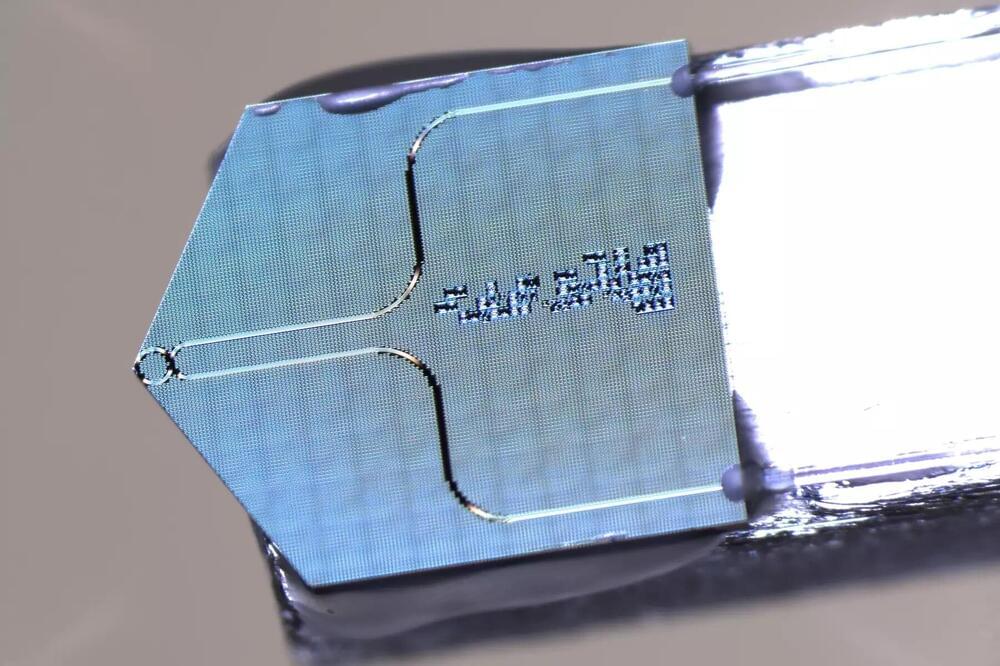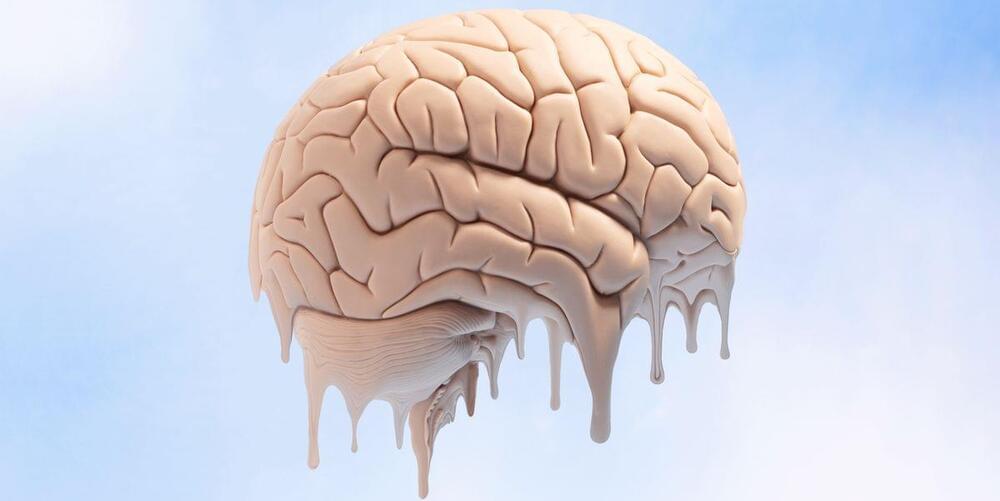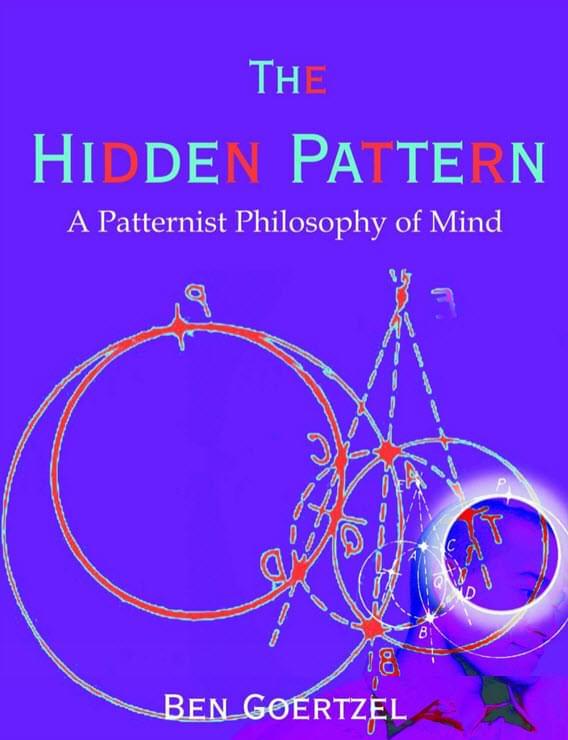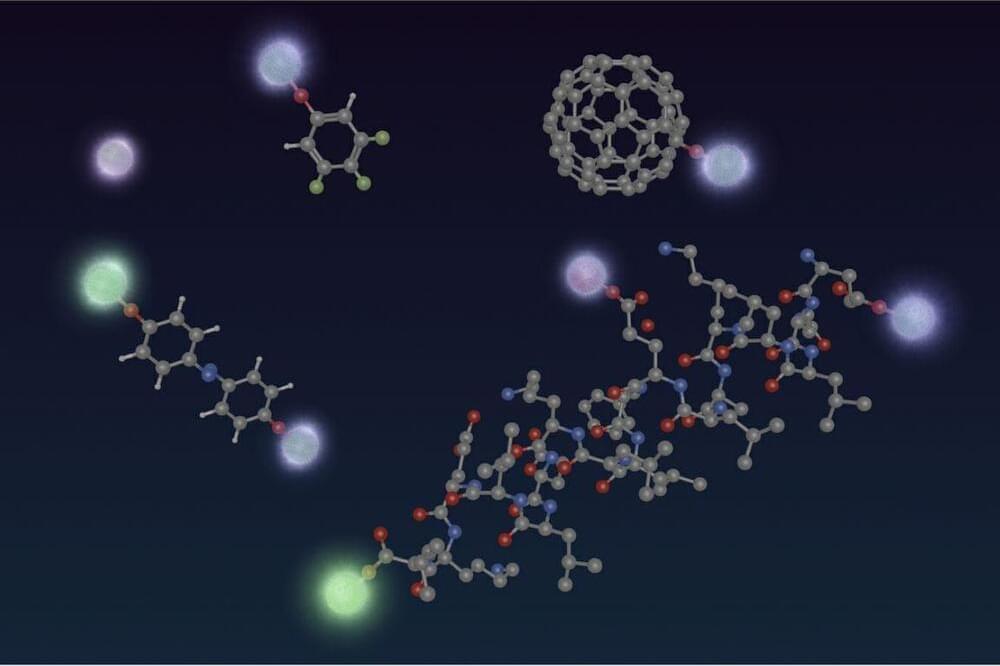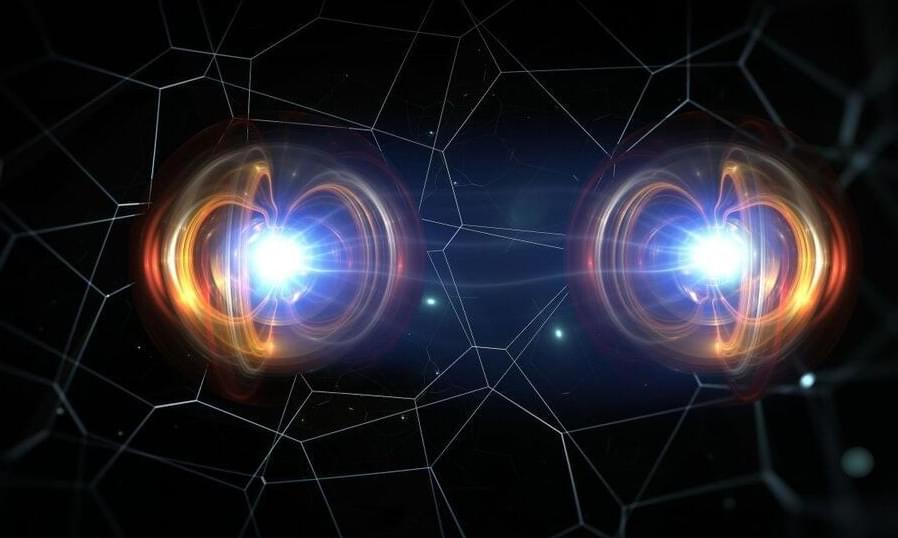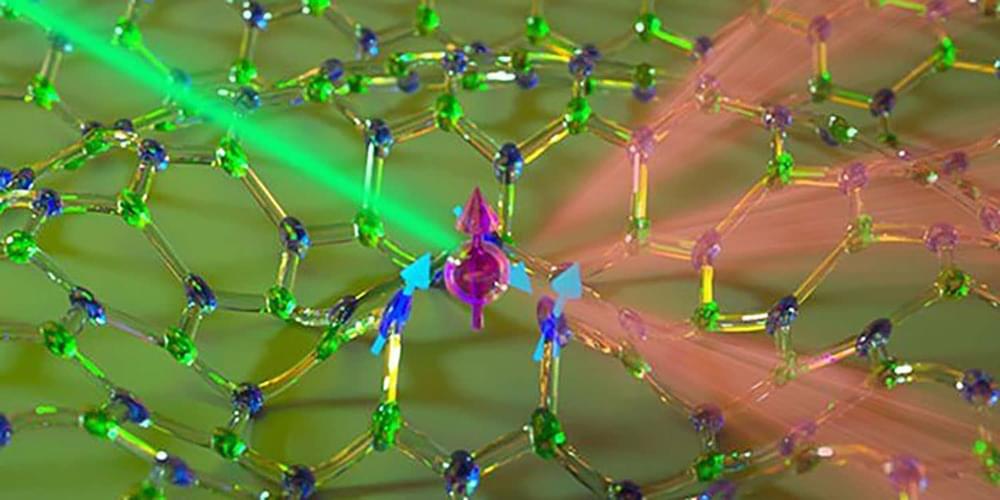Aug 19, 2022
Newly discovered magnetic interactions could lead to novel ways to manipulate electron flow
Posted by Saúl Morales Rodriguéz in categories: computing, particle physics, quantum physics
Newly discovered magnetic interactions in the Kagome layered topological magnet TbMn6Sn6 could be the key to customizing how electrons flow through these materials. Scientists from the U.S. Department of Energy’s Ames National Laboratory and Oak Ridge National Laboratory conducted an in-depth investigation of TbMn6Sn6 to better understand the material and its magnetic characteristics. These results could impact future technology advancements in fields such as quantum computing, magnetic storage media, and high-precision sensors.
Kagomes are a type of material whose structure is named after a traditional Japanese basket weaving technique. The weave produces a pattern of hexagons surrounded by triangles and vice-versa. The arrangement of the atoms in Kagome metals reproduces the weaving pattern. This characteristic causes electrons within the material to behave in unique ways.
Solid materials have electronic properties controlled by the characteristics of their electronic band structure. The band structure is strongly dependent on the geometry of the atomic lattice, and sometimes bands may display special shapes such as cones. These special shapes, called topological features, are responsible for the unique ways electrons behave in these materials. The Kagome structure in particular leads to complex and potentially tunable features in the electronic bands.
